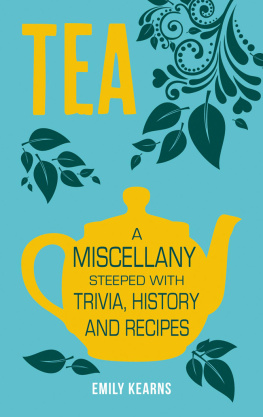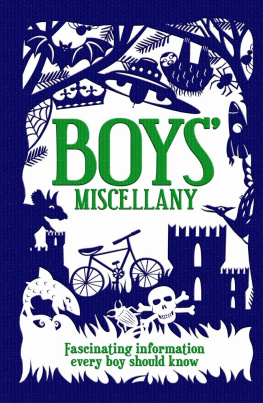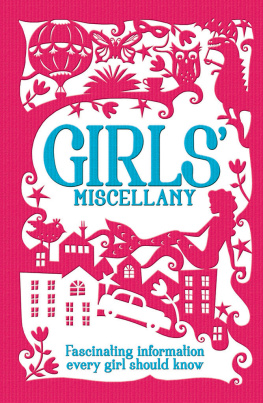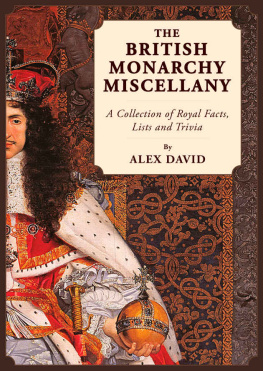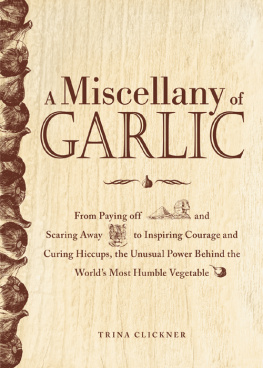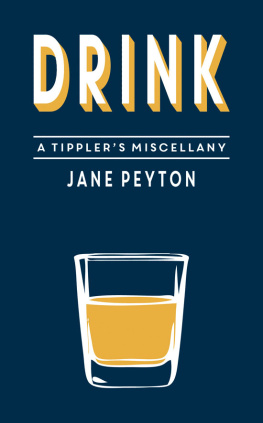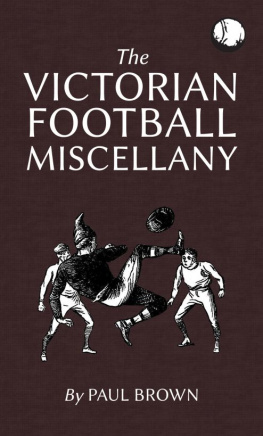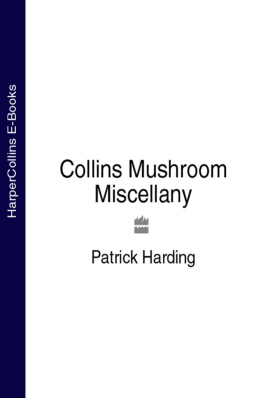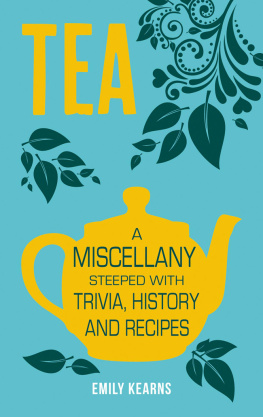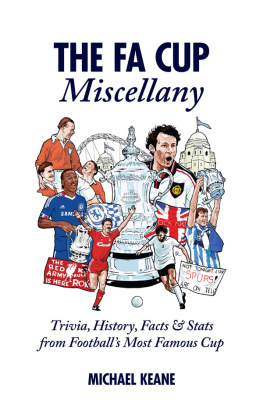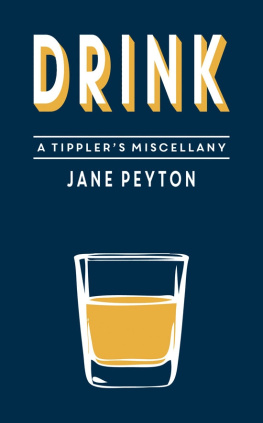TEA
Copyright Summersdale Publishers Ltd, 2015
All rights reserved.
No part of this book may be reproduced by any means, nor transmitted, nor translated into a machine language, without the written permission of the publishers.
Condition of Sale
This book is sold subject to the condition that it shall not, by way of trade or otherwise, be lent, re-sold, hired out or otherwise circulated in any form of binding or cover other than that in which it is published and without a similar condition including this condition being imposed on the subsequent purchaser.
Summersdale Publishers Ltd
46 West Street
Chichester
West Sussex
PO19 1RP
UK
www.summersdale.com
Printed and bound in the Czech Republic
eISBN: 978-1-78372-526-7
Substantial discounts on bulk quantities of Summersdale books are available to corporations, professional associations and other organisations. For details contact Nicky Douglas by telephone: +44 (0) 1243 756902, fax: +44 (0) 1243 786300 or email: .
FOR ANDREW AND PHOEBE

COME ALONG INSIDE WELL SEE IF TEA AND BUNS CAN MAKE THE WORLD A BETTER PLACE.
Kenneth Grahame, The Wind in the Willows
INTRODUCTION
F rom its accidental discovery in China several thousands of years ago to its evolution into the global beverage of choice and one of the biggest industries in the world, its fair to say that tea has achieved rather a lot. Tea is a way of life for so many of us. Whether used in ceremony or through habit, whether via leaves or the humble teabag, how many of us find the day hasnt started until were at least one tea down?
This book looks at the history of the wonder brew, from how it was discovered to how word of it spread across the globe and made its way to Europe, and how the industry has grown to offer a huge variety of teas. It also covers the health benefits of drinking tea, as well as the different rituals practised around the world, not to mention the sticklers for tea perfection who continue to debate the ultimate serve.
So kick off your shoes, put the kettle on, and lets raise a toast to tea and all those who make it.
CHAPTER 1
TEA 101
For me, starting the day without a pot of tea would be a day forever out of kilter.
Bill Drummond
WHAT IS TEA?
The tea we generally consume consists of the dried leaves of the Camellia sinensis , commonly referred to as the tea plant. The plant can be found growing as an evergreen bush or tree, and produces small white flowers and bitter-tasting fruit among its sharp, thick and shiny leaves. The two main subspecies of tea plant are Camellia sinensis sinensis , the original Chinese variety, and Camellia sinensis assamica , which is native to India and is what you probably know as Assam. The first teas to go to market were of the green variety, and it was only through experimenting with the manufacturing process, by drying the leaves for longer, that tea producers came up with black tea.

Teas vary as much in appearance as the different faces of men.
Emperor Huizong of Song

THE REAL THING
Any kind of tea which is not derived from the Camellia sinensis i.e. peppermint, chamomile, rooibos, etc. is not strictly tea. However, with many a tea drinker turning to herbal varieties and the health benefits seemingly plentiful, I have adopted a more liberal meaning and included some other teas in this book (see AZ of Tea).

WHERE DOES IT GROW?
The tea we know and love originated in China and was later introduced to India by the British. These days tea is mass-produced in some 30 countries across the globe, but the four biggest producers, in order, are China, India, Kenya and Sri Lanka. Of the best-known varieties, China produces green, white, black and oolong tea; India produces Assam and Darjeeling; Kenya produces black, green, yellow and white teas; and Sri Lanka produces Ceylon.

I am a hardened and shameless tea drinker, who for twenty years diluted his meals with only the infusion of the plant; who with tea amused the evening, with tea solaced the midnight and with tea welcomed the morning.
Samuel Johnson
HOW IS IT HARVESTED?
Tea plants are grown from seed or cuttings and can take up to three years before they are harvest-ready. It generally takes between four and 12 years for a tea plant to bear seed, so propagation from cutting is generally preferred. Plants are kept short for ease of harvesting, despite their ability to reach around 15 m in height. Pruned plants will also produce more new shoots, which means tender and better-quality leaves as well as, ultimately, a better-quality brew. Tea is harvested in seasons, referred to as flushes, from which derive descriptive terms such as first-flush Darjeeling, for example. Tea leaves are generally plucked by hand, using a specific action, as this method delivers a higher-quality product. However, machine harvesting also takes place in areas where there arent the hands available to get the job done, or where the tea leaves are destined for blends (see The Hows and Wheres of Tea for more on tea-making processes).
WHAT HAPPENS NEXT?
Since the 1930s, the most widely employed method of production for black tea intended for use in teabags has been crush, tear and curl or CTC. This stage takes place after the raw leaves have been left to wither, in order to reduce their water content, and involves a set of cylindrical serrated rollers through which the tea leaves are passed and, well, crushed, torn and curled. Leaves intended for other teas, such as green, tend to be hand-harvested to preserve quality and then rolled. After this stage, the leaves will be left to rest and oxidise for however long their intended tea style requires, before being dried in an oven.
WHO DRINKS IT?
Who doesnt drink it? In the UK alone some 165 million cups of tea are consumed every day, and globally it is the second most-consumed liquid after water. That daily total equates to 60.2 billion cups a year, a quite startling figure. Perhaps surprisingly, the largest tea-drinking nation per capita is Turkey, with Ireland and the UK coming second and third respectively.

TEA CONSUMPTION PER CAPITA
China is the largest consumer of tea, with 1.6 billion lb of it consumed a year, but a look at per-capita consumption globally paints a different picture:

NOW LETS SEE WHO DRINKS THE LEAST TEA PER CAPITA:

